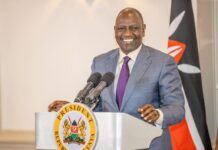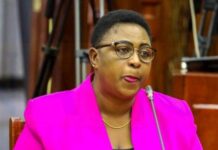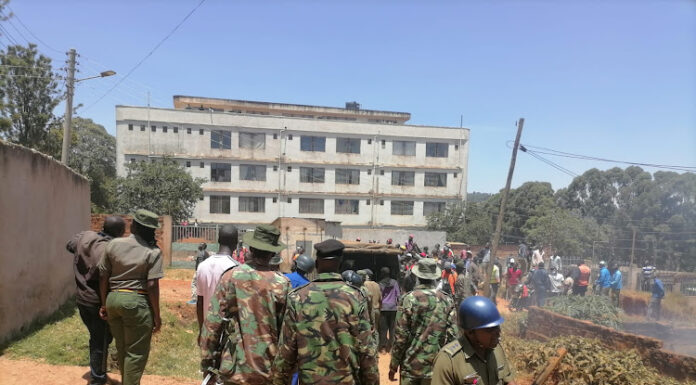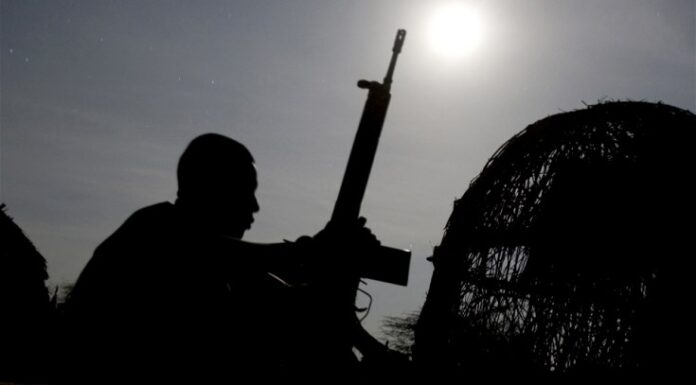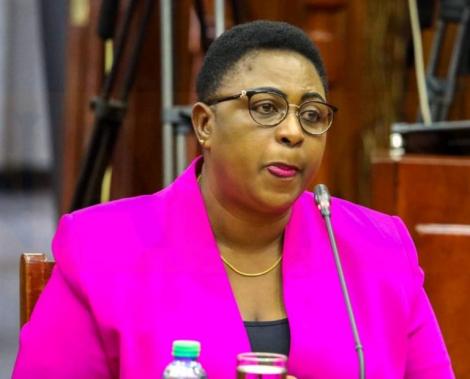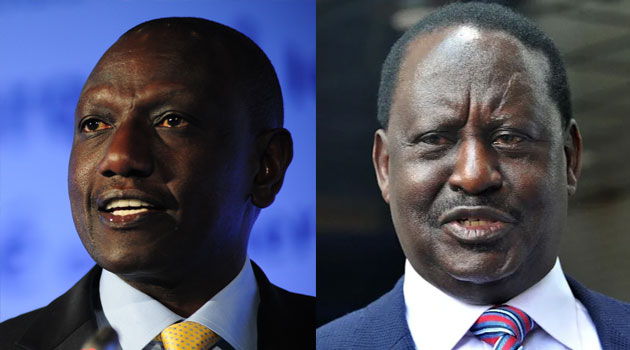
In the most recent IPSOS polls, former prime minister Raila Odinga leads Deputy President William Ruto with a 6% margin.
Six days before the tight race August 9 elections, Raila and Ruto each had 47% of the popular vote, while the other had 41%.
George Wajackoyah of the Root party received 2.9% of the vote, while David Mwaure, of the Agano party, received 0.2%.
Raila’s popularity was attributed to his legacy, however it was observed that his advanced age was considered a drawback.
“In terms of liability, those who will not vote for Raila stated that they will not vote for him because of the age factor. Those who will vote for Ruto stated they supported him because they believe he has a plan. Nonetheless, those who will not vote for him indicate that they have an issue with his integrity,” IPSOS stated.
Most notably, it was reported that Kenyans residing in urban areas overwhelmingly supported Raila Odinga as their presidential candidate. He received 51% of urban residents’ support.
On the other side, Ruto received 45% of the vote in rural Kenya, where he was more popular.
Regarding the gender divide, Raila had the backing of males while female voters preferred the UDA presidential candidate.
Additionally, the Rift Valley and the popular Mount Kenya area, were areas where Ruto defeated Raila with 66% of the vote.
Contrarily, the Coast area, Nyanza, and Western region all favor the Azimio la Umoja candidate. Regarding Mwaure and Wajackoyah, IPSOS claimed that Mwaure’s poor performance was due to his lack of voter awareness.


